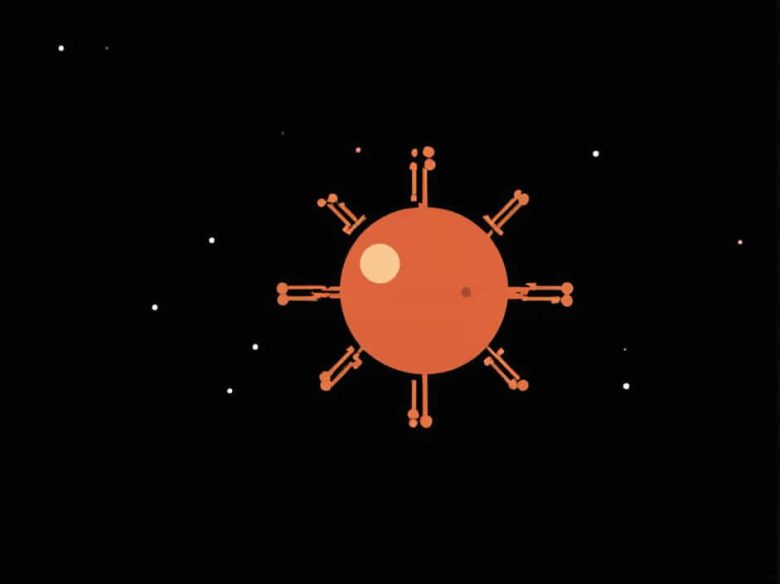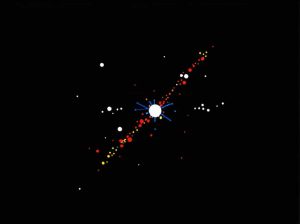The Hertzsprung-Russell (HR) diagram is one of the most important tools in astronomy. It helps scientists classify stars based on their luminosity, temperature, and evolutionary stage. Developed independently by Ejnar Hertzsprung and Henry Norris Russell in the early 20th century, this diagram provides a clear way to understand how stars evolve over time.
In this topic, we’ll explore what the HR diagram is, how it works, and why it is essential for studying the universe.
What Is the Hertzsprung-Russell Diagram?
The HR diagram is a graphical representation of stars, plotting their:
- Luminosity (brightness) on the y-axis
- Surface temperature on the x-axis, decreasing from left to right
This unique layout allows astronomers to group stars into different categories based on their properties and life cycles.
How the HR Diagram Is Organized
1. Main Sequence Stars
Most stars, including the Sun, are found on the main sequence, a diagonal band stretching from the top left (hot, bright stars) to the bottom right (cool, dim stars). These stars generate energy through hydrogen fusion in their cores.
- Hotter stars (O-type, B-type) are blue and very luminous.
- Cooler stars (K-type, M-type) are red and much dimmer.
2. Giants and Supergiants
Above the main sequence, we find giant and supergiant stars. These are older stars that have expanded after exhausting their hydrogen fuel.
- Red giants are large but cooler, found in the upper right of the diagram.
- Blue supergiants are massive, extremely bright, and hot, located in the upper left.
3. White Dwarfs
At the bottom left of the HR diagram, we find white dwarfs—the remnants of stars that have burned out their nuclear fuel. They are hot but dim due to their small size.
Why Is the HR Diagram Important?
The HR diagram is a powerful tool in astronomy because it helps scientists:
- Classify stars based on temperature and brightness
- Understand stellar evolution (how stars change over time)
- Predict the future of stars based on their position on the diagram
By studying where a star falls on the HR diagram, astronomers can determine its age, mass, and fate.
How Do Stars Move on the HR Diagram?
Stars do not stay in one place on the HR diagram forever. Their position changes as they evolve:
- A star begins on the main sequence, burning hydrogen for millions to billions of years.
- As hydrogen runs out, the star expands into a giant (if it’s a Sun-like star) or a supergiant (if it’s massive).
- Eventually, the star sheds its outer layers, leaving behind a white dwarf, neutron star, or black hole.
Examples of Stars on the HR Diagram
- The Sun – A G-type main sequence star, located in the middle of the HR diagram.
- Betelgeuse – A red supergiant, found in the upper right.
- Sirius B – A white dwarf, positioned in the bottom left.
The Hertzsprung-Russell diagram is a fundamental tool for understanding stars. By plotting luminosity against temperature, astronomers can classify stars and study their life cycles. Whether a star is a main sequence star, giant, or white dwarf, its position on the HR diagram reveals key information about its past, present, and future.



